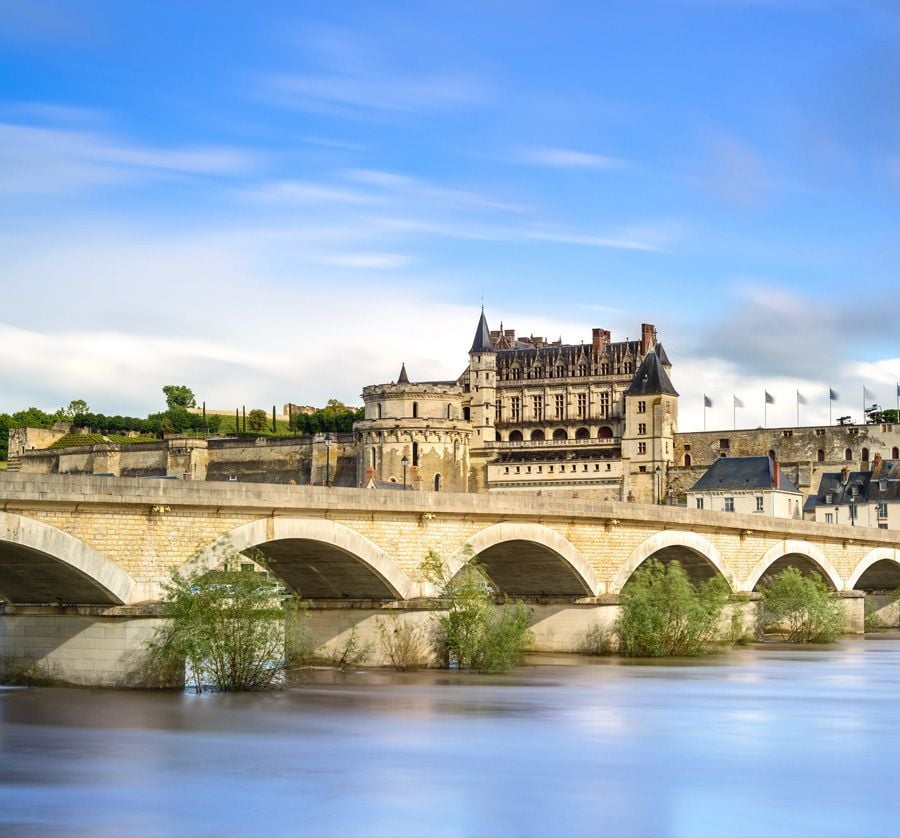A must-see in the Loire Valley, the Royal Chateau d'Amboise was the palace of the Kings of France during the Renaissance and the favourite castle of François 1er. Located in the heart of the city, between the sky and the Loire, this historic building is well worth a visit. Here are some facts and figures to whet your appetite!
75 %
From an imposing medieval fortress, the Château Royal d'Amboise was transformed into a Renaissance palace during the reign of Charles VIII. Contrary to popular belief, 75% of the château built under Charles VIII has survived to the present day. At his request, enormous works were carried out from the end of the 15th century. He ordered the construction of the two Cavalier towers, which have since become the symbols of Amboise, two ceremonial rooms and a chapel. Charles VIII was truly enamoured of his birthplace, and today Amboise is one of the must-sees in the Loire Valley.
1793
In 1793, during the French Revolution, the Château Royal d'Amboise was turned into a prison camp. The authorities confiscated everything: furniture, paintings and statues. All the decorative elements of the château were dismantled, including the panelling, ironwork and woodwork, even the fireplaces! A barracks for the veterans of the revolutionary armies was also built on the site.
64 years old
In 1516, at the age of 64, Leonardo da Vinci settled in the Loire Valley at the request of François Ier. After a trip to Italy, the sovereign wished to bring some of the Italian way of life to France. He invited the scientist to join him in the transformation of Amboise. The royal château was to be the last residence of the Italian genius. His presumed remains are kept in the château's Chapelle Saint-Hubert.
1840
In 1840, the Château Royal d'Amboise was listed, thanks to the support of its owner, King Louis-Philippe I, son of the Duchess of Orléans, Louise-Marie-Adélaïde de Bourbon. In 1840, the first classification of its kind was created to protect French monuments and heritage.
15 minutes
That's how long it takes to walk to le Clos Lucé, from the royal chateau of Amboise. This is the other major site dedicated to Leonardo da Vinci in the Loire Valley, where he stayed on his arrival in France and where he died on May 2, 1519, at the age of 67. A charming historical and cultural stroll for the whole family, in the footsteps of this gifted inventor!

By Sandy Pérolle
Epicurean and lifestyle specialist.








